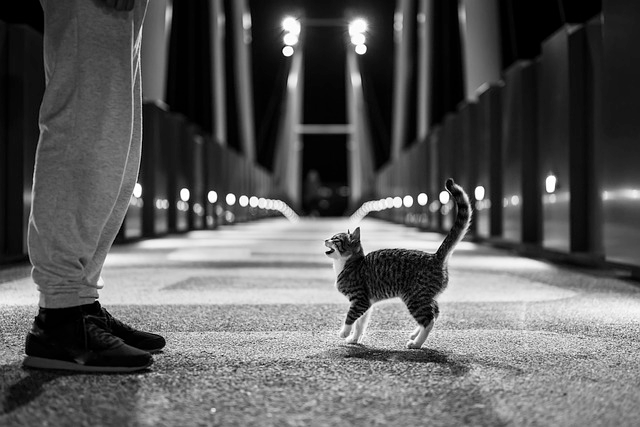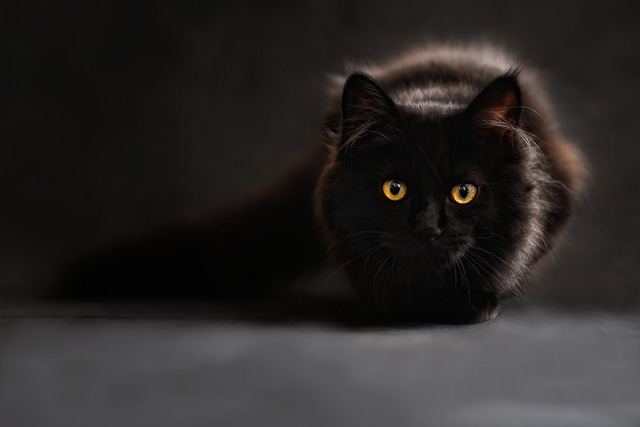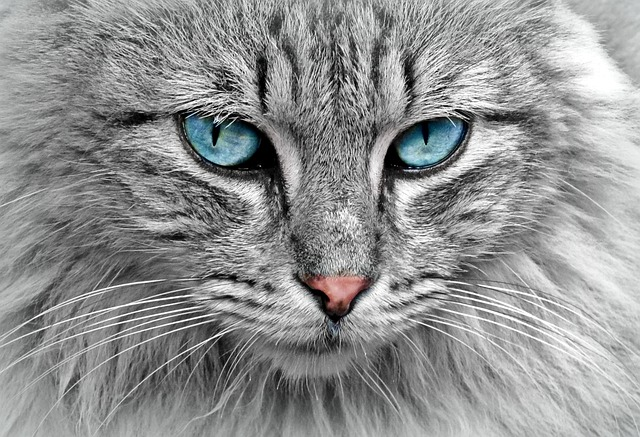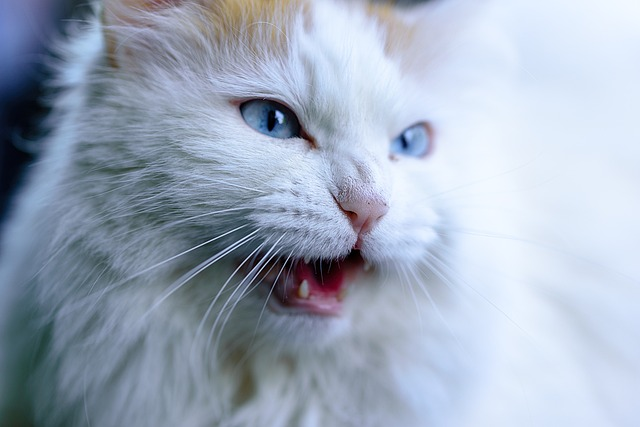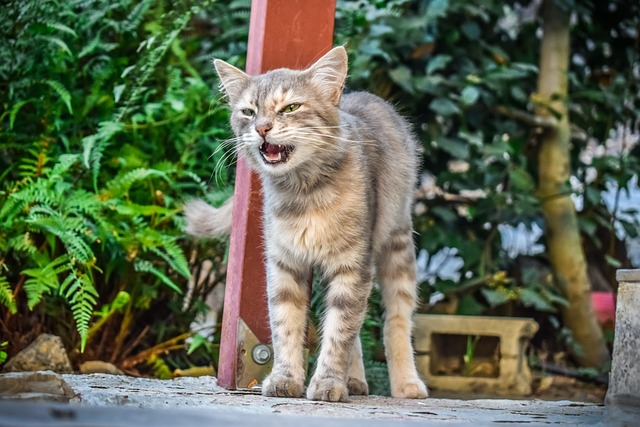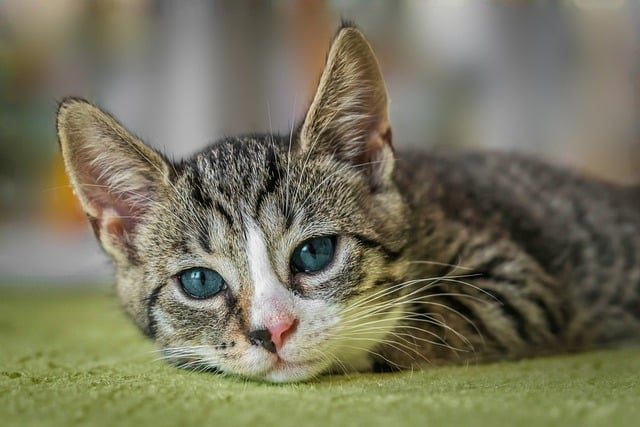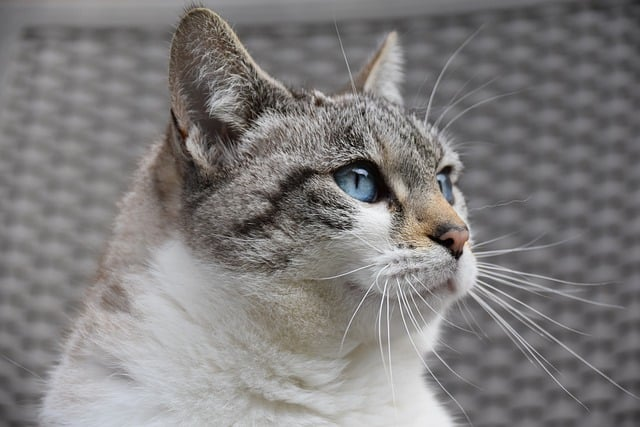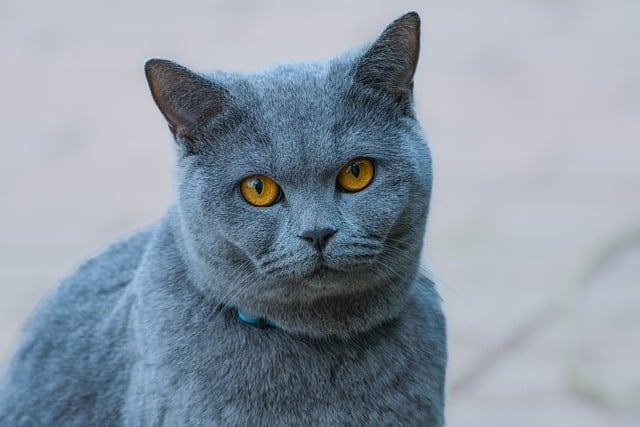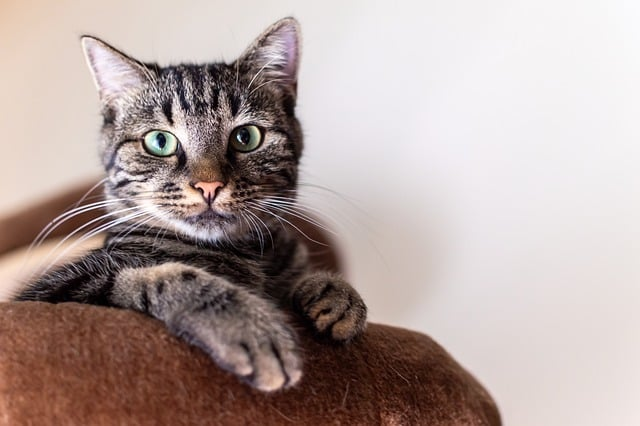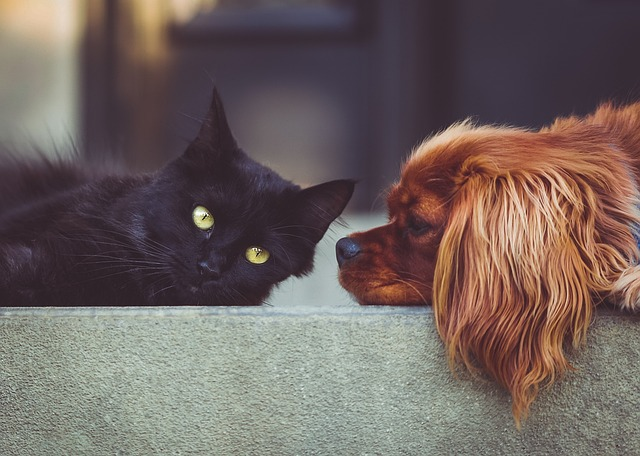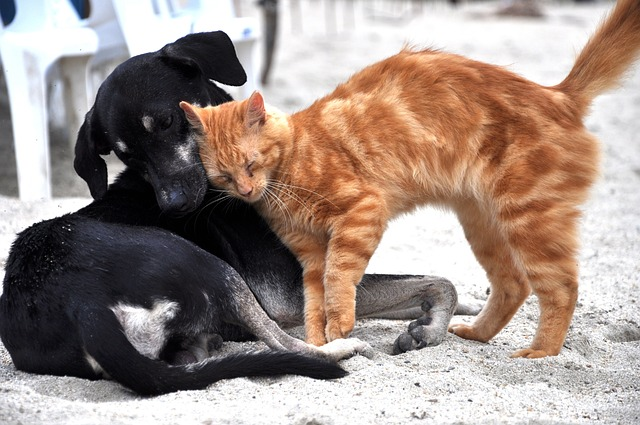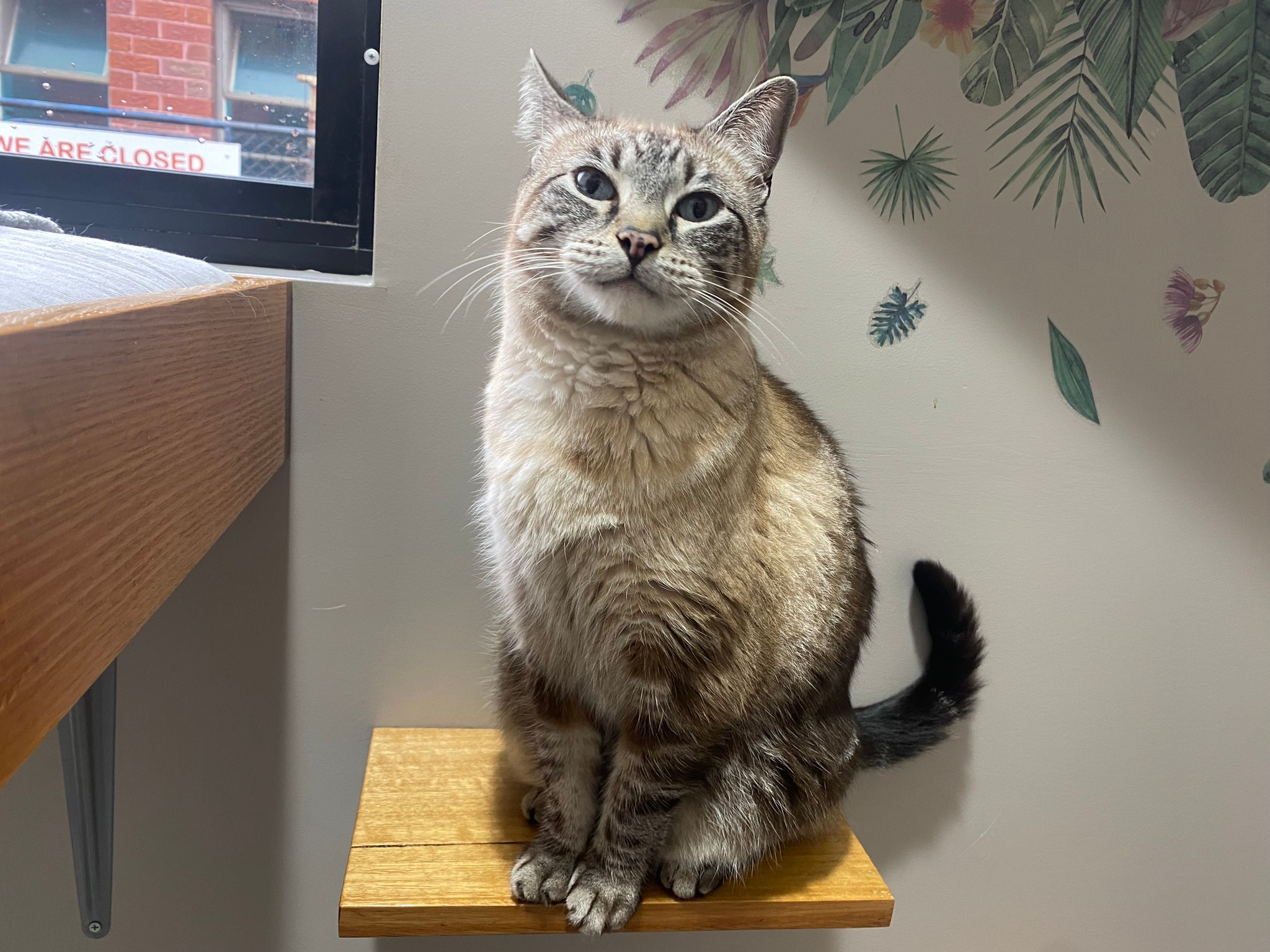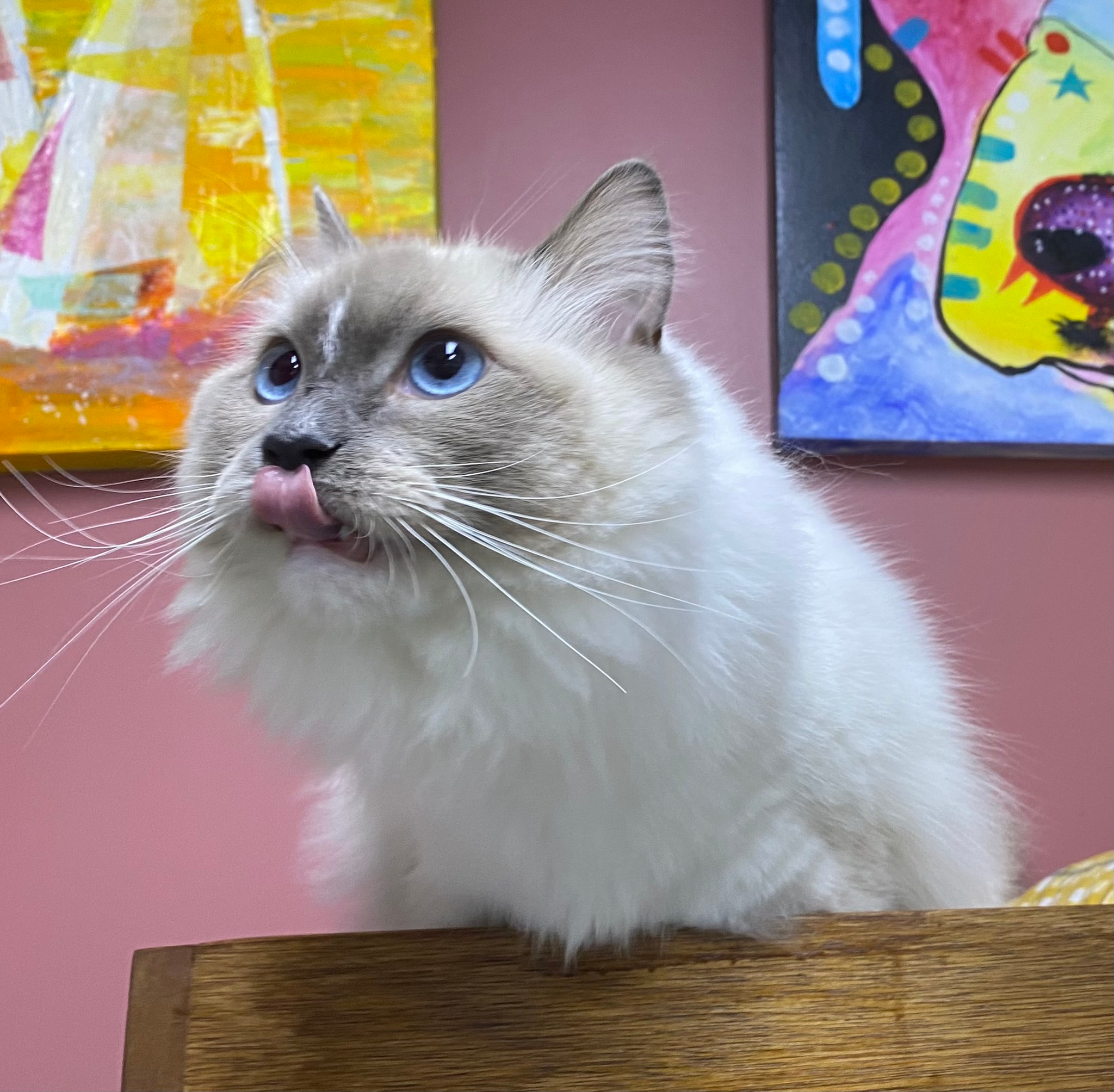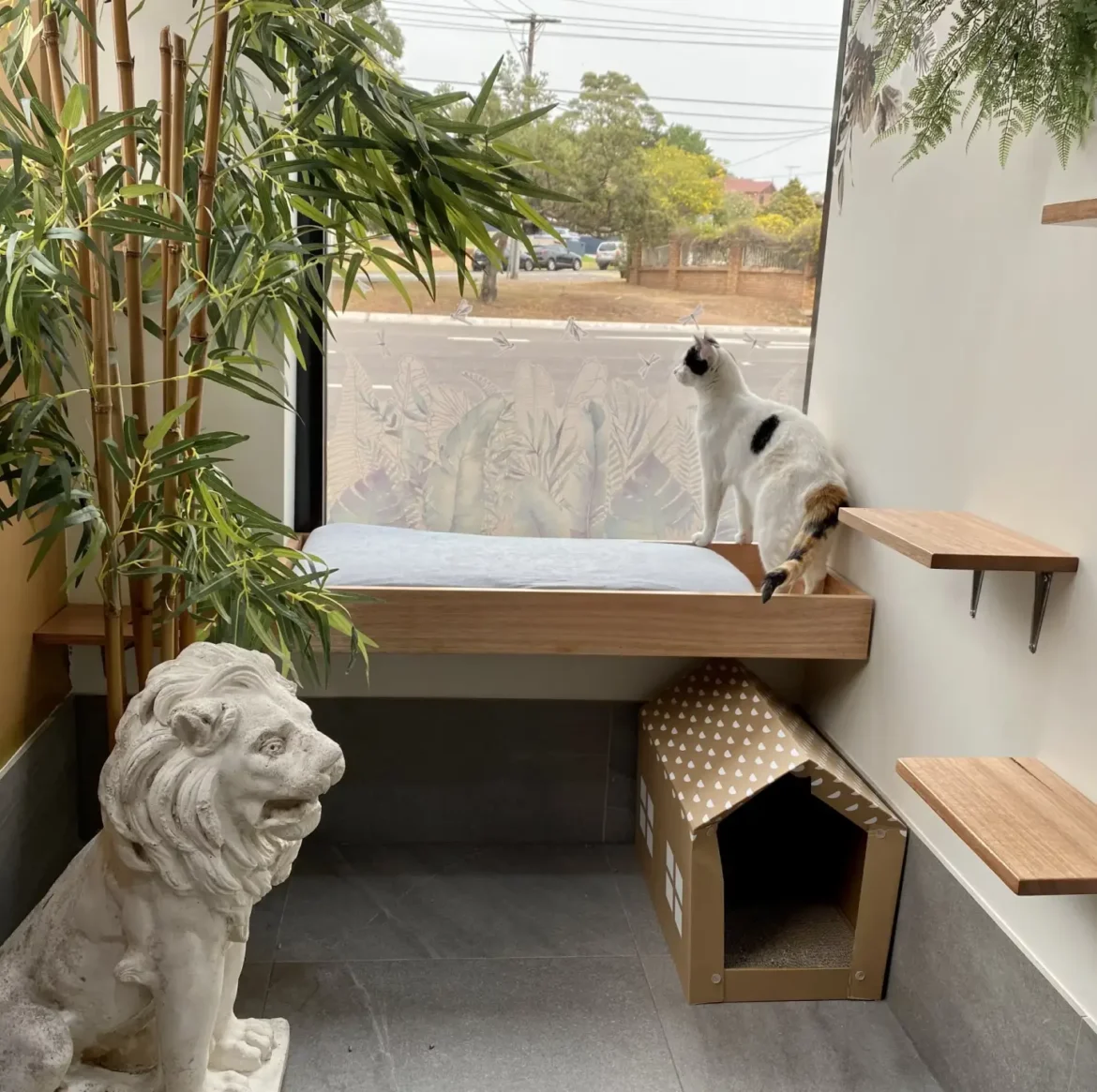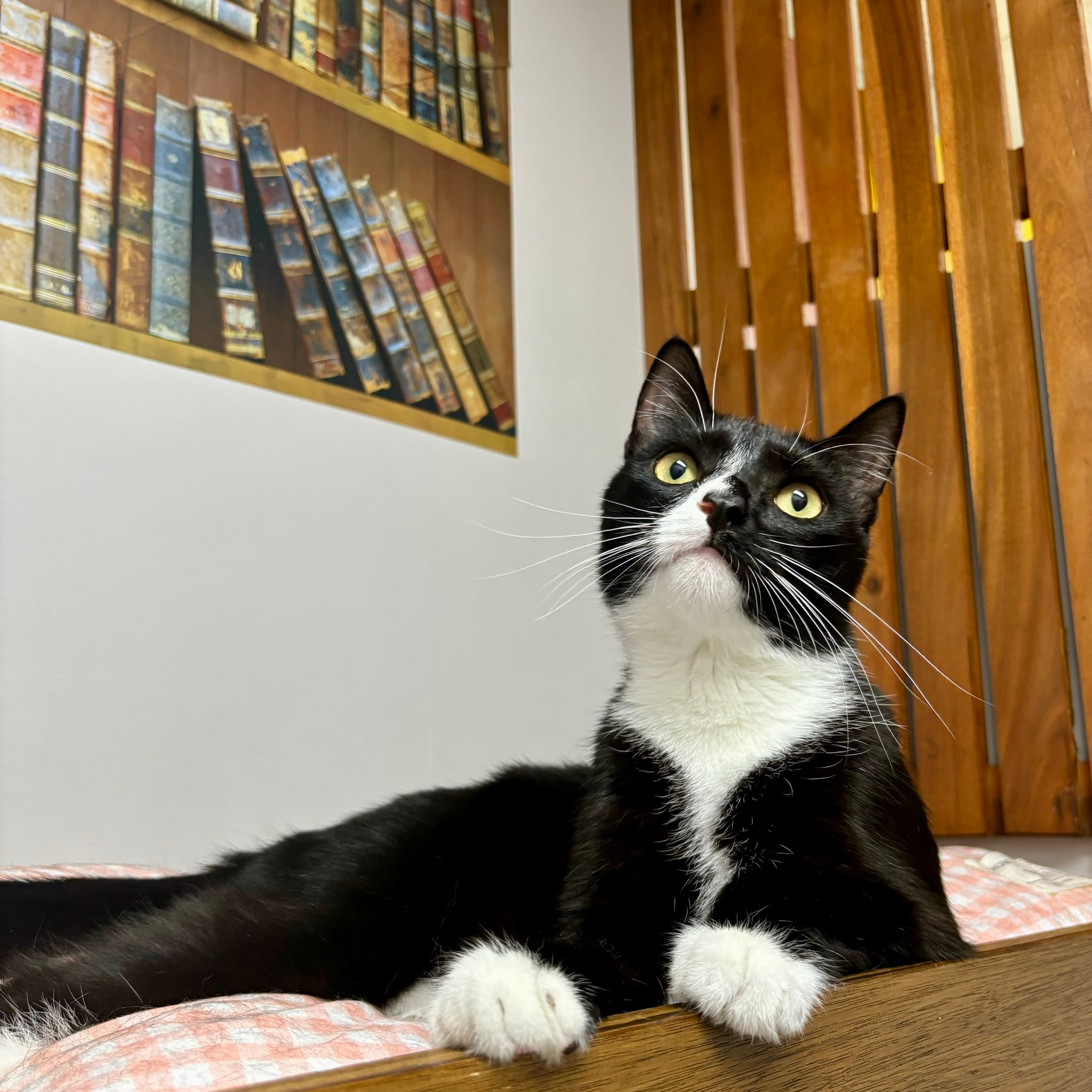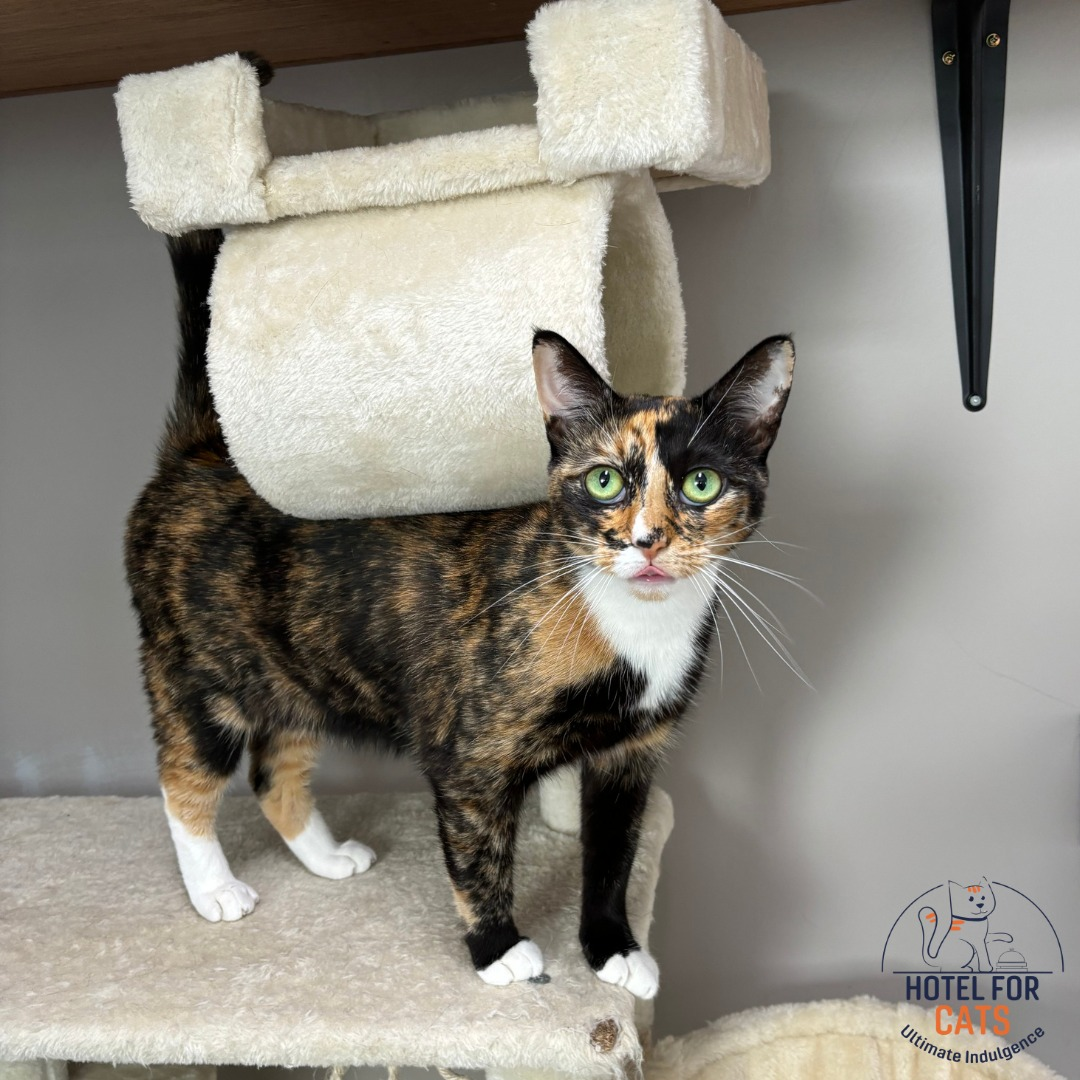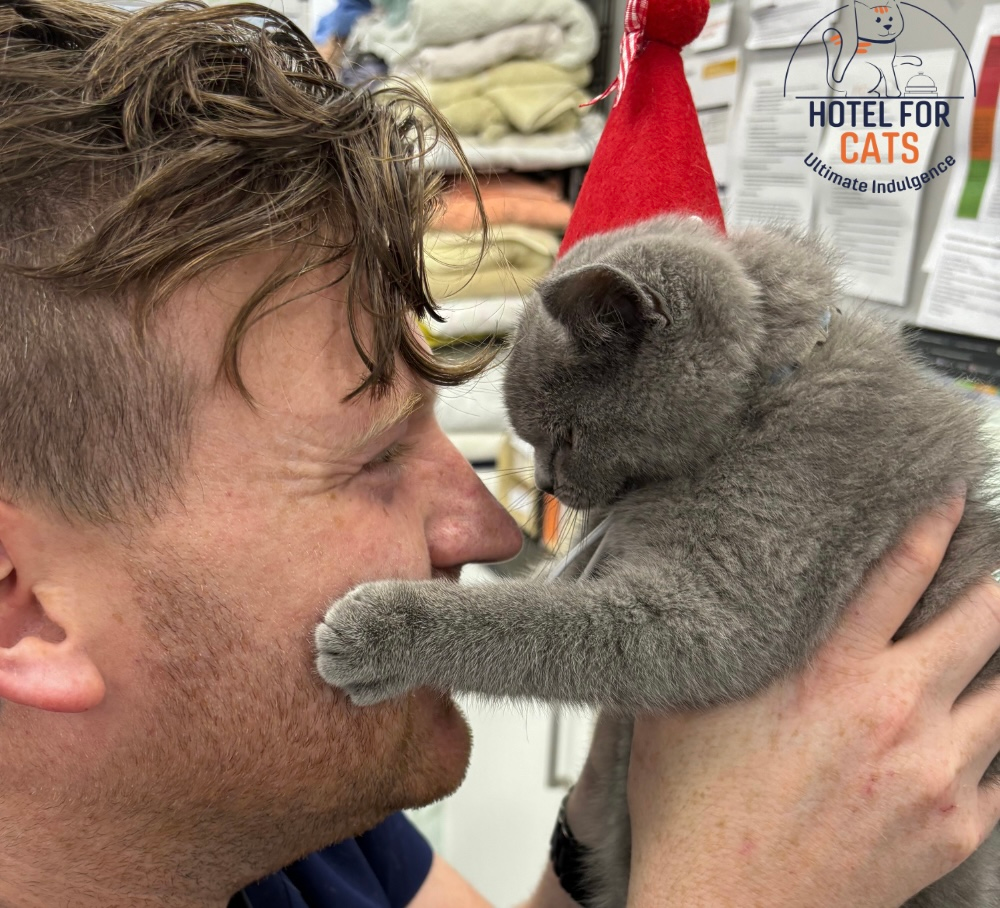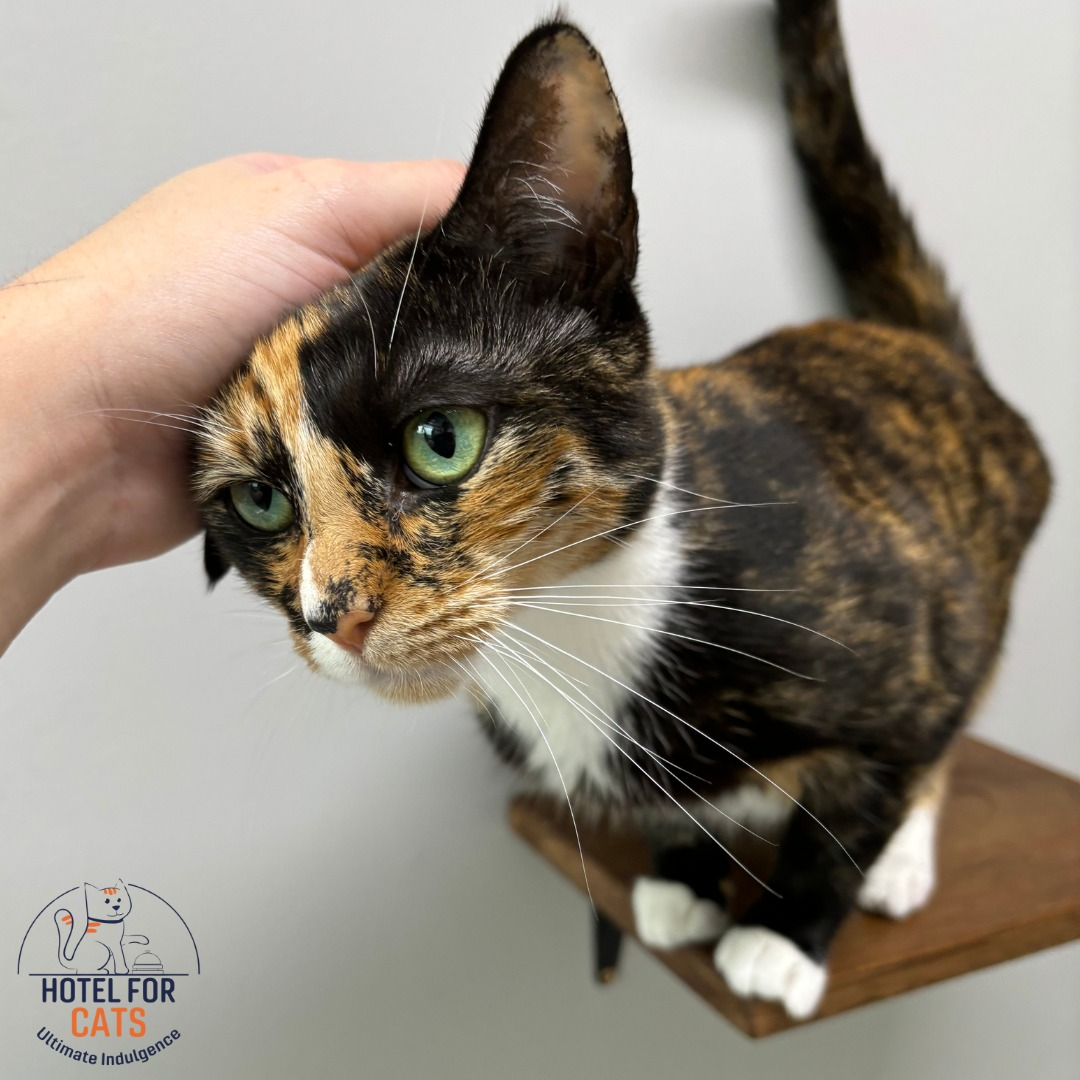Cats are beloved pets for many families, and as pet owners, we always want to provide them with the best care possible. One way to show our love for our furry friends is by making homemade cat treats. Not only does it save money, but it also allows you to control the ingredients, ensuring that your cat gets a healthy and nutritious snack.
In this guide, we will share with you some easy and delicious recipes for homemade cat treats. We will also discuss different options for ingredients and variations based on your cat’s preferences or dietary restrictions. Additionally, we will cover some tips on how to store and serve these treats to keep your cat happy and healthy.
Whether you are looking for a special treat or just want to add some variety to your cat’s diet, making homemade cat treats is a fun and rewarding experience. Let’s get started!
Health Benefits of Homemade Cat Treats
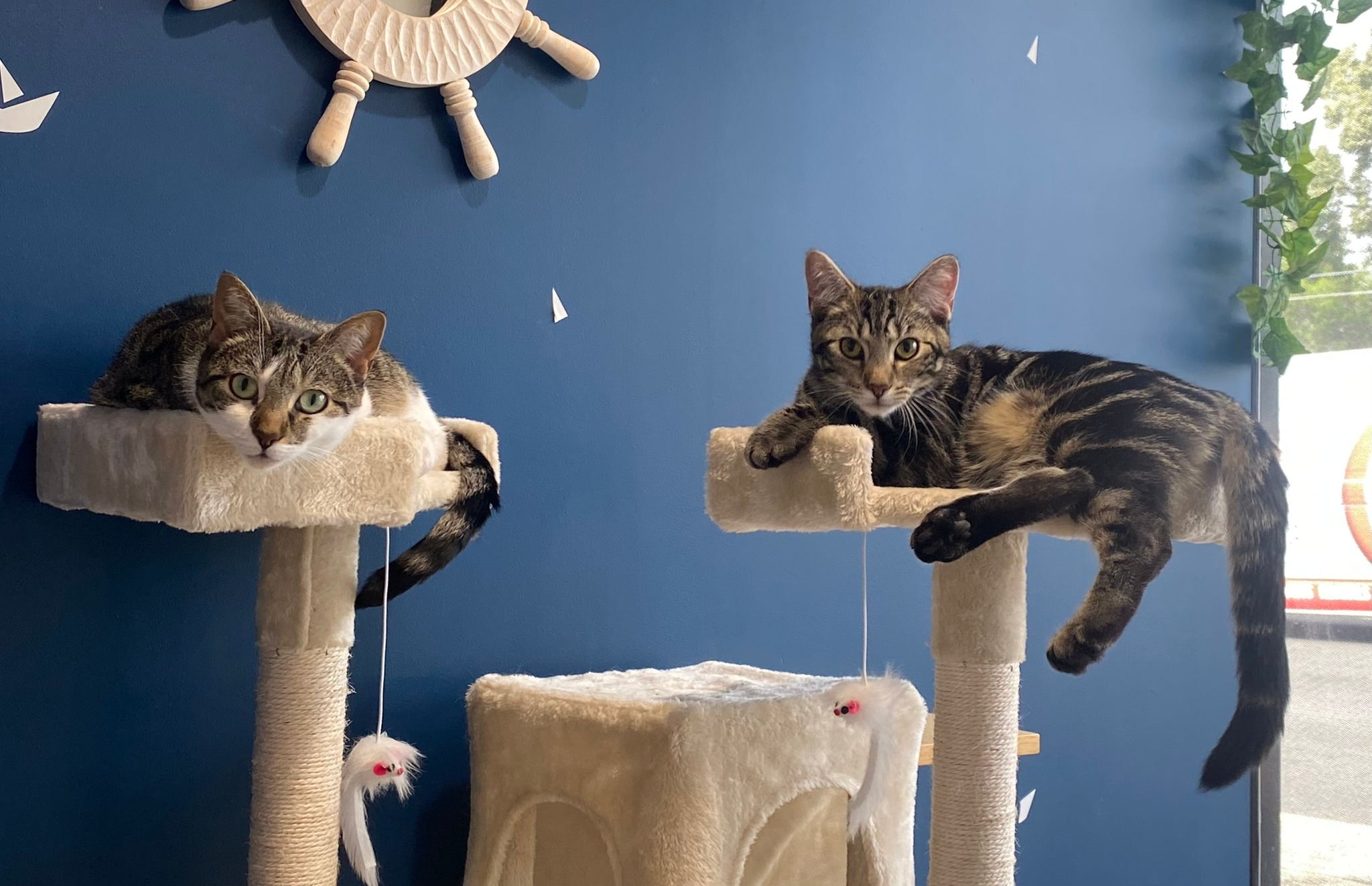
Cat treats made at home have several advantages over store-bought ones. Here are some reasons why you should consider making homemade cat treats for your feline friend:
- Control over ingredients: When you make treats at home, you have full control over the quality and type of ingredients used. This means that you can choose healthier options and avoid any potential allergens or additives that may harm your cat.
- Freshness: Store-bought treats often contain preservatives to prolong their shelf life. By making treats at home, you can ensure that they are always fresh and free from any harmful chemicals.
- Variety: Making treats at home allows you to experiment with different ingredients and recipes. This means your cat can enjoy a variety of flavours and textures, keeping their taste buds happy.
- Bonding with your cat: Making homemade treats is a great way to spend quality time with your furry friend. Cats love attention and by involving them in the process, you can strengthen your bond with them.
- Cost-effective: Making treats at home can save you money in the long run, especially if your cat has a special diet or specific dietary needs.
Ingredients for Homemade Cat Treats
The best part about making homemade cat treats is that you can use simple and easily available ingredients. Here are some common ingredients that you will need:
- Protein source: This could be chicken, tuna, salmon, or any other lean meat that cats love.
- Grains or starches: These provide energy and help bind the treat together. Some options include oatmeal, brown rice, or sweet potato.
- Egg: This provides moisture and helps with binding the ingredients together.
- Healthy fats: These are essential for your cat’s overall health. You can use olive oil, coconut oil, or even flaxseed oil in small amounts.
- Fruits and vegetables: Some cats enjoy fruits and vegetables, so adding a small amount of mashed pumpkin or pureed carrots can provide some extra nutrients to their treats.
Steps to Make Homemade Cat Treats

Now that we have covered the benefits of homemade cat treats and the basic ingredients needed, let’s look at some easy steps to make them:
Choose a recipe
When it comes to making homemade cat treats, the possibilities are endless. From simple recipes with just a few ingredients to more complex ones that require some baking skills, there is something for every level of expertise.
You can start by searching online for homemade cat treat recipes or check out some books specifically dedicated to making treats for cats. Another option is to come up with your own recipe based on your cat’s preferences and dietary needs.
If you are new to making treats at home, it is best to start with simple recipes and gradually try more complex ones as you gain confidence and experience.
Gather ingredients
Once you have chosen a recipe, the next step is to gather all the necessary ingredients. You may already have some of them in your kitchen, but it’s always a good idea to double-check and make sure you have everything on hand.
If you need to purchase any ingredients, opt for high-quality and fresh ones. This will ensure that your cat gets the best possible treat without any harmful additives or preservatives.
It’s also important to take into consideration any dietary restrictions or allergies that your cat may have when choosing ingredients.
Preheat the oven
Most homemade cat treat recipes require baking, so it’s important to preheat your oven before starting to prepare the treats. Follow the recommended temperature stated in your chosen recipe and make sure to adjust it based on your oven’s settings.
It’s also a good idea to line the baking tray with parchment paper to prevent sticking and for easier clean-up.
Prepare the ingredients
Before mixing the ingredients together, make sure they are prepared properly. This may involve chopping or blending certain ingredients, such as fruits and vegetables, into smaller pieces.
If you are using meat as the protein source, ensure that it is cooked thoroughly before adding it to the mix.
Mix ingredients together
Once all your ingredients are prepared, it’s time to mix them together. Use a large bowl and combine all the ingredients according to your chosen recipe.
Mixing everything together thoroughly ensures that all the ingredients are evenly distributed, resulting in a tasty and well-rounded treat for your cat.
Shape the treats
After the ingredients are mixed, it’s time to shape the treats. You can use a cookie cutter or simply roll the mixture into small balls or desired shapes.
This step is where you can get creative and make different shapes and sizes of treats to keep things fun and interesting for your cat.
Bake in the oven
Place the shaped treats on the lined baking tray and bake them according to your chosen recipe’s instructions. This may range from 15-25 minutes depending on the type of treat and temperature used.
Keep an eye on the treats while they are in the oven to prevent burning. Once they are baked, let them cool down before serving or storing.
Let cool and store properly
After taking the treats out of the oven, it’s important to let them cool down completely before serving or storing. This will help them maintain their shape and prevent any burns for your cat.
Once cooled, you can serve some treats to your cat as a reward for patiently waiting or keep them stored in an airtight container for future snacking.
It’s best to consume homemade cat treats within a few days and store them in the fridge to ensure their freshness and safety for your furry friend.
Now that you know how easy it is to make homemade cat treats, you can experiment with different recipes and ingredients to find your cat’s new favourite treat. Not only will your cat love these tasty treats, but you will also have peace of mind knowing exactly what goes into their food. Happy baking!
Can Cats Eat Homemade Treats Every Day?
Some people may wonder if it’s safe for cats to eat homemade treats every day. While there is no definitive answer, it’s important to keep in mind that treats should not replace a well-balanced and nutritional diet.
Homemade cat treats can be a great addition to your cat’s diet, but they should be given in moderation. Just like with any human food, too many treats can lead to obesity and other health issues.
It’s also important to consider the ingredients used in the treats and make sure they align with your cat’s dietary needs. Consult with your veterinarian if you have any concerns about including homemade treats in your cat’s daily routine.
Tips for Making Homemade Cat Treats
Here are some additional tips to keep in mind when making homemade cat treats:
- Use high-quality and fresh ingredients: As mentioned before, this ensures that your cat gets the best possible treat without any harmful additives or preservatives. Plus, fresh ingredients will make the treats more flavorful.
- Avoid toxic ingredients: Some common human foods like onions, garlic, and chocolate can be toxic to cats. Make sure to research any new ingredient you want to include in your homemade treats.
- Don’t add salt or sugar: Cats don’t need any added salt or sugar in their diet. Stick to natural flavours from whole ingredients for a healthier treat option.
- Experiment with different shapes and sizes: As mentioned before, shaping the treats into different forms can add some fun and variety for your cat.
- Store properly: To ensure freshness and safety, store homemade cat treats in an airtight container in the fridge for up to a few days. Discard any leftovers after that time and make a fresh batch for your cat to enjoy.
Keep these tips in mind, and you’ll be well on your way to making delicious homemade treats that your cat will love. Enjoy the process of creating something special for your furry friend and watch them happily gobble up their tasty creations.
Choose Hotel for Cats For Your Pet When You Are Away
If you are planning a vacation or a business trip and need to leave your beloved cat behind, look no further than the Hotel for Cats. Our luxury cat boarding facility offers top-notch amenities and personalised care for your feline friend while you are away.
Our hotel features various suites and condos for cats of all ages, including The Retreat, Junior Suites, Senior Suites, Church/City View Suites, and even an Estate Suite for the most discerning guests. Each room is equipped with custom bedding, furniture, TV entertainment, and enrichment activities to keep your cat entertained during their stay.
Furthermore, our hotel is run by a caring vet who ensures the health and well-being of all our guests. We also offer special discounts for longer stays and have designated peak periods with minimum stay requirements to ensure a smooth booking schedule.
Trust Hotel for Cats to provide your cat with a five-star experience while you are away. Book now and give your cat the luxury retreat they deserve!
FAQs
How can you make tuna treats using canned cat food?
To make tuna treats using canned cat food, particularly canned tuna, mix the tuna with a small amount of whole wheat flour or brown rice flour to form a dough. You can also add an egg to bind the ingredients if desired. Shape the mixture into small, bite-sized pieces and place them on a parchment-lined baking sheet. Bake at a low temperature until they are firm. Let the treats cool completely before offering them to your cat.
What ingredients are suitable for making homemade cat treats with canned wet cat food?
When making homemade cat treats with canned wet cat food, you can incorporate ingredients like whole wheat flour or brown rice flour to help bind the treats. Adding a small amount of baby food, such as pureed chicken or pumpkin, can enhance the flavor and texture. Ensure any added baby food does not contain onions, garlic, or harmful additives. Mix the ingredients, form small treats, and bake on a parchment-lined baking sheet. Always let treats cool completely before serving.
Can you use dry cat food to make pet treats similar to dog treats?
Yes, you can use dry cat food to make pet treats similar to dog treats. Start by grinding the dry cat food into a fine powder using a food processor. Mix this powder with a binding agent like canned chicken or a little wheat flour and water to create a dough. You can then shape the dough into small treats and bake them on a parchment-lined baking sheet until crisp. Remember to let the treats cool completely before giving them to your cat.
Is it safe to include ingredients like canned salmon or canned chicken in homemade cat treats?
Yes, it is safe and nutritious to include ingredients like canned salmon or canned chicken in homemade cat treats, as long as they are plain and free from any harmful additives (such as onions, garlic, or heavy spices). These ingredients can provide a good source of protein. Mix the chosen canned meat with a little wheat flour or another safe binder, form into treats, and bake on a parchment-lined baking sheet. Ensure the treats cool completely before serving to your pet.
Conclusion
Making homemade cat treats is a fun and rewarding activity that benefits both you and your furry friend. With simple ingredients and easy steps, you can provide your cat with tasty and healthy treats made with love.
Remember to mix up the flavours and shapes of the treats for added excitement, store them properly, and always consult with your veterinarian if you have any concerns about your cat’s diet.
And when it’s time to travel without your pet, consider Hotel for Cats for top-quality boarding services. Your cat will thank you!

